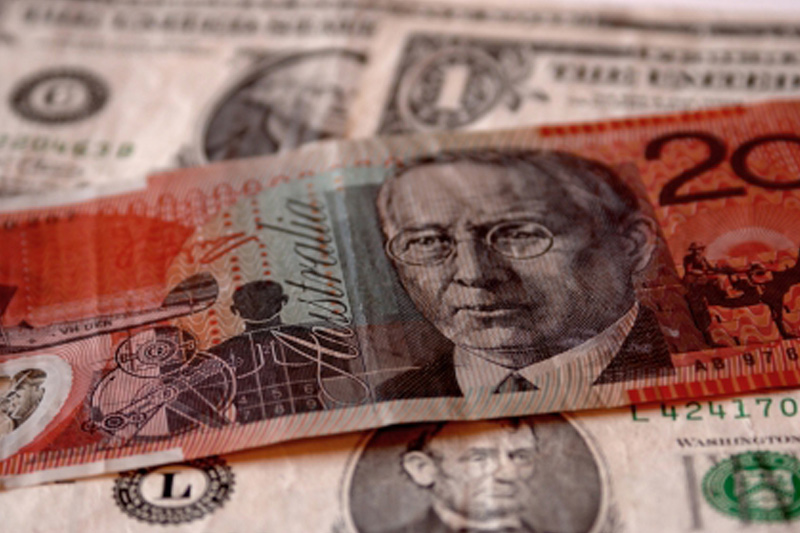(Add comments, New Zealand dollar levels)
By Cecile Lefort and Ian Chua
SYDNEY, Oct 28 (Reuters) - The Australian dollar slid to a three-week low on Wednesday as surprisingly subdued inflation data reinforced speculation the Reserve Bank of Australia (RBA) will resume cutting interest rates.
The Aussie fell around half a cent to $0.7120, down 1 percent on the day and closer to a six-year trough of $0.6892 hit last month. Support was found around 71 cents, the 61.8 percent retracement of the September-October climb.
It also fell sharply against the yen, euro and pound.
The key core measure of Australian inflation rose just 0.3 percent in the third quarter, below market forecasts and RBA projections.
"While it is weaker than expected, it is very consistent with an economy that is stuck. This kind of data opens the door a little further to RBA easing before year end," said Su-Lin, a senior economist at RBC Capital Markets.
"November may still be a bit early but you can't rule it out and the risk is a lot higher for December."
Interbank futures 0#YIB: jumped, implying around a 50-50 chance of a cut to a record low of 1.75 percent at the RBA's policy meeting on Nov. 3.
The Aussie also touched a five-month trough against its kiwi cousin AUDNZD=R to NZ$1.0530, bringing in view the next target of around NZ$1.0500/20.
The strengthening in the kiwi is unlikely to be welcomed by the Reserve Bank of New Zealand (RBNZ) which is holding a policy review on Thursday.
While the RBNZ is widely expected to keep interest rates steady after three cuts in a row, the focus will be on the statement.
Should the central bank surprise by significantly downgrading its easing bias and standing pat, the kiwi could jump by a full U.S. cent, said Imre Speizer, senior markets strategist at Westpac.
Conversely, a cut combined with guidance of more to come could see the kiwi drop by a cent, he added.
The kiwi dollar NZD=D4 slipped to $0.6749, from $0.6778 early, but is still up around 10 percent over the past month.
New Zealand government bonds rose, sending yields 5 basis points lower towards the longer end of the curve.
Australian government bond futures powered up in a bullish steepening of the yield curve, with the three-year bond contract up 7 ticks to 98.250.
The 10-year contract edged up 4 ticks to 97.3850, while the 20-year contract added 1.5 ticks to 96.8100.
